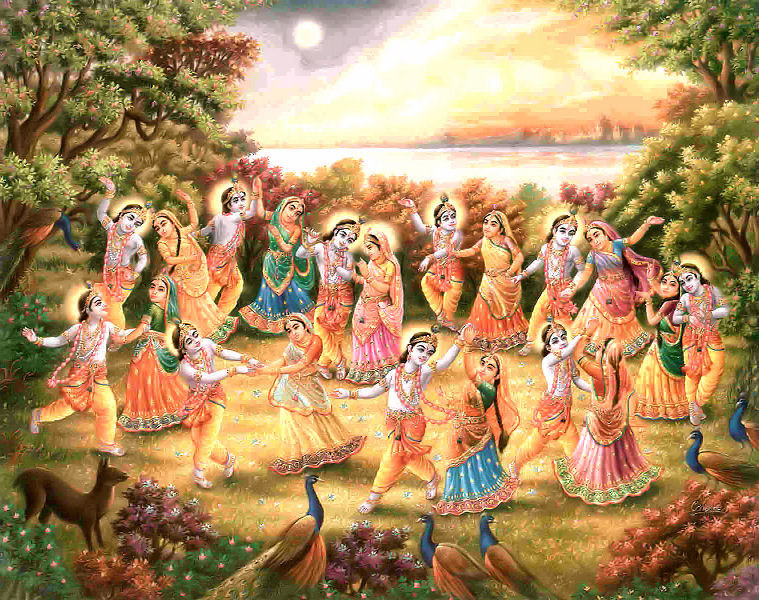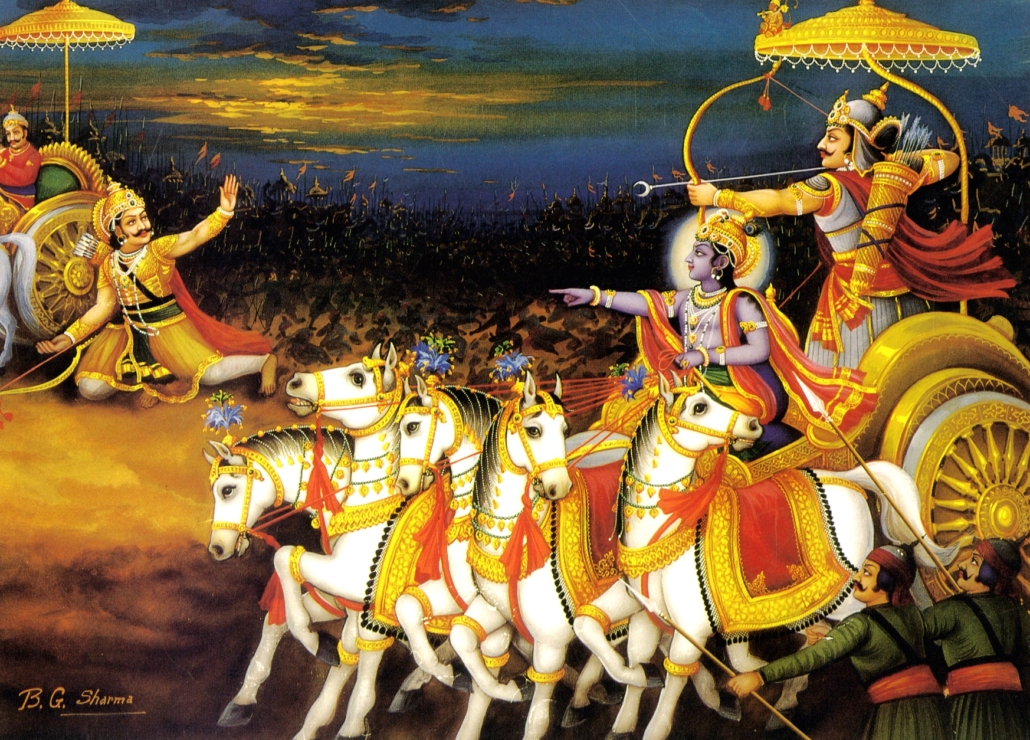Mahanidhi Madan Gopal Das
Abhimana means the mentality, attitude, thought, self-conception, inner feeling, or the innate sense of knowing who or what I am and what I want. Abhimana can be either material or spiritual.
Possessing the right attitude (abhimana), mentality and heart is the foundation of success in bhakti sadhana. It’s not about numbers, fasts, vratas and big quantities, it’s about QUALITY. Bhakti means being pure-minded, tender-hearted, and doing everything to please Radha and Krishna. Having the right abhimana (mentality, self-esteem) is so important and powerful that just by this one attains spiritual perfection!
Sri Jiva Goswami confirms: “Even without any spiritual practice, by this attitude (abhimana) alone [that I am Krishna’s eternal servant] one attains spiritual perfection, astu tavad bhajana prayasah kevala tadrshatv abhimanenapi siddhir bhavati. (Bhakti S. 304.2) The Upanisads say, “The soul is neither male, female, nor neuter. It attains a body according to its absorption in a particular thought, naiva stri na puman esa, na caivayam napumsakah, yad yac chariram adatte, tena tena sah rakshyate.” (Svetasvatara Upanisad 5.9.10)
A basic spiritual abhimana is having the self-conceit and feeling that I am Krishna’s eternal servant. A more developed sense of abhimana will give one the idea that I am an eternal maidservant of Srimati Radharani.
For example, a genuine devotee with shishya-abhimana, the attitude of a disciple, will think, “In this world, Gurudeva is my only true friend, wisdom guide, companion and ever-well wisher. And for time eternal I will lovingly serve my Gurudeva. Gurudeva is very dear to Sri Sri Radha Govinda and Their sakhis and manjaris. I pray to be eternally engaged in the seva of my Guru’s lotus feet.”
For a raganuga bhakta the best example of spiritual abhimana is Sri Raghunatha dasa Gosvami who was fully immersed in the abhimana or self-conceit of identifying as Radhika’s manjari.
Wetting the vraja-dhuli with his tears of separation, Dasa Goswami continually lamented in separation from his Swamini while praying, “O Radhika, I have nothing and no one but You. You are my everything and I am Your dasi. Although I am totally insignificant, please know it clearly that I am Yours, I am Yours!”
Here’s a wonderful example of transcendental abhimana in the kingdom of Vrindavana. One day after Krishna left Vraja, a clever sakhi, noticing the blossoming beauty of her younger sister, spoke to her in a private place just to test her: “O sakhi, our Krishna has now left Vrindavana. I see that your youthful beauty and other qualities are now developing. And Vraja is full of handsome dashing young lads. So if you want to marry one, just whisper your preference and I’ll make all arrangements.”
“What are you saying?” said the youthful kishori. “Surely there are millions of talented and qualified young men in this world. But I don’t care! If a young man does not have a mor mukuta, a murali, and mineral powders adorning his form then he is as insignificant as a piece of straw, and I could care less.” This is the abhimana of a kishori gopi.
The bhava and thoughts we cultivate and the sevas we meditate upon during sadhana will be attained at the stage of perfection. A raganuga bhakta should continually meditate on being Radha’s kinkari, loyal loving servant.
The following prayer of Sri Prabodhananda Sarasvati shows the intimacy and sweetness of having sakhi abhimana and being close to Priyaji: “When will I eternally live with Kishori jeu and serve Her in various clever ways while wearing Radha’s cloth and bodice that She lovingly gave me with Her own hands, prasadam svaminyah svakara-tala-dattam pranayatah?” (Radha Rasa Sudha Nidhi 53)
In this regard, Sri Narottama Dasa Thakura gives very clear advice on how to cultivate spiritual abhimana in raganuga bhakti.
One aspiring for manjari bhava on the path of raga should think, feel and hanker like this: “I will follow the manjaris of Radhika, and by their mercy I will blissfully serve Radha-Krishna in the kunjas of Vrindavana. Just by seeing the gestures of my guru sakhi or Tulasi-manjari, I will understand what seva is required for the pleasure of Lila Yugala.
“I will immerse my mind and heart in the beauty, charm and sweetness of Radha Govinda Yugala. I will live amongst Their intimate sakhis and serve Radha and Krishna with all my heart throughout the day and night. No matter what happens to me, I will always meditate upon and serve Radha-Krishna.
“By Their mercy, I will eventually realize and see the siddha deha upon which I was meditating on during my sadhana. It is only a matter of time. For what is now unripe during my sadhana will fully ripen when I attain the stage of prema. This is the way of bhajana for those treading the path of raga. (Prema-bhakti-candrika 53-58)
By the grace of Sri Guru a mature sadhaka will be introduced to his/her eternal identity (nitya-abhimana). Then that fortunate sadhaka will start identifying with that siddha svarupa, one’s eternal, seva-saturated spiritual form.
By regularly contemplating that siddha deha and mentally serving Radha and Krishna in that form, the sadhaka will one day have the crystal clear realization that, “I am nothing but a servant of the servants of the servants of Srimati Radharani, radha dasi dasi anudasi!
What could be more fascinating and wonderful than thinking that someday I will become a most trusted, confidential serving girl of Srimati Radharani? May everyone someday receive this great treasure of possessing the pure abhimana of a being Radha’s eternal servant.
Gopi abhimana ki jai! Sri Radha’s eternal seva ki jai!


